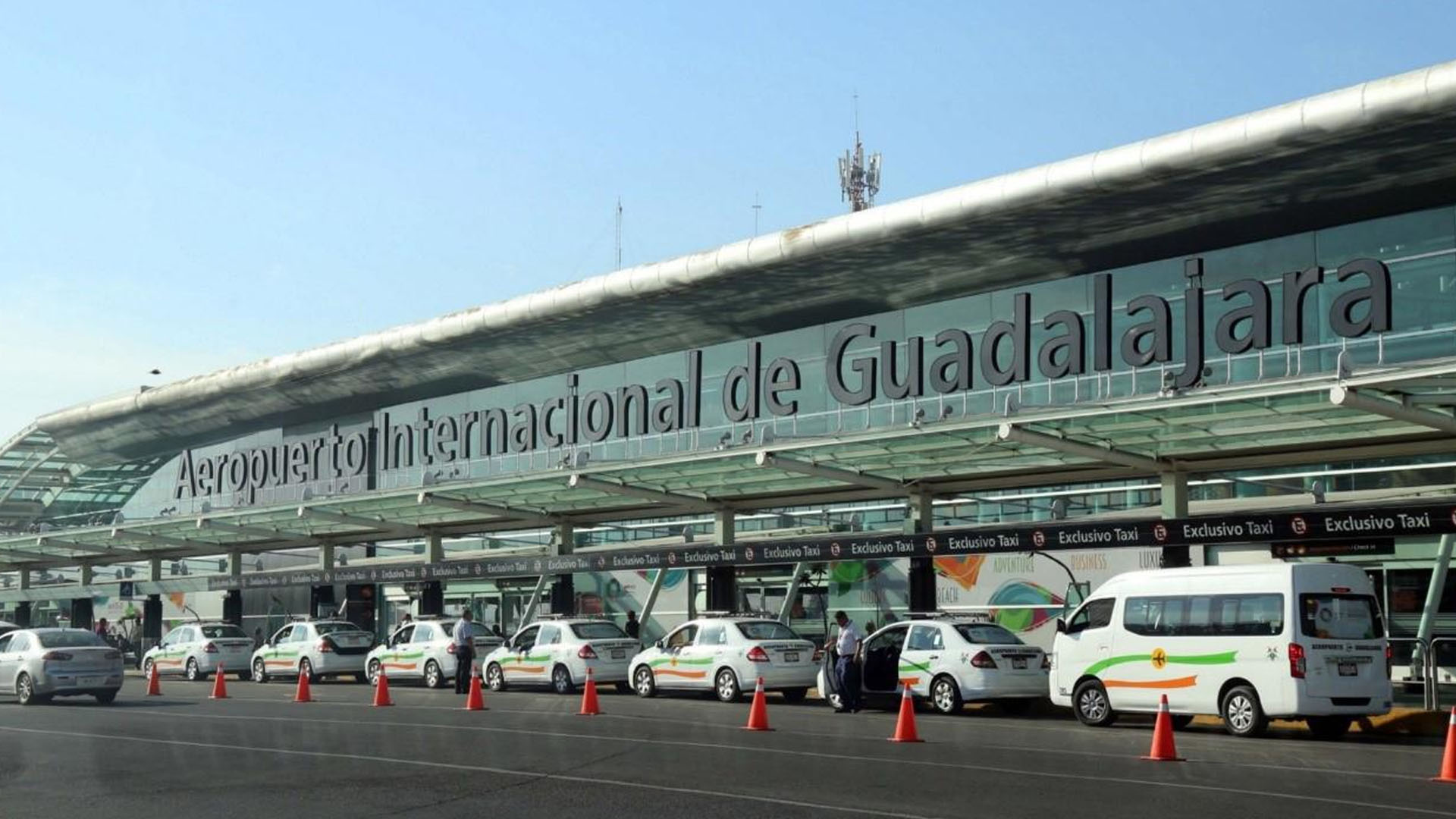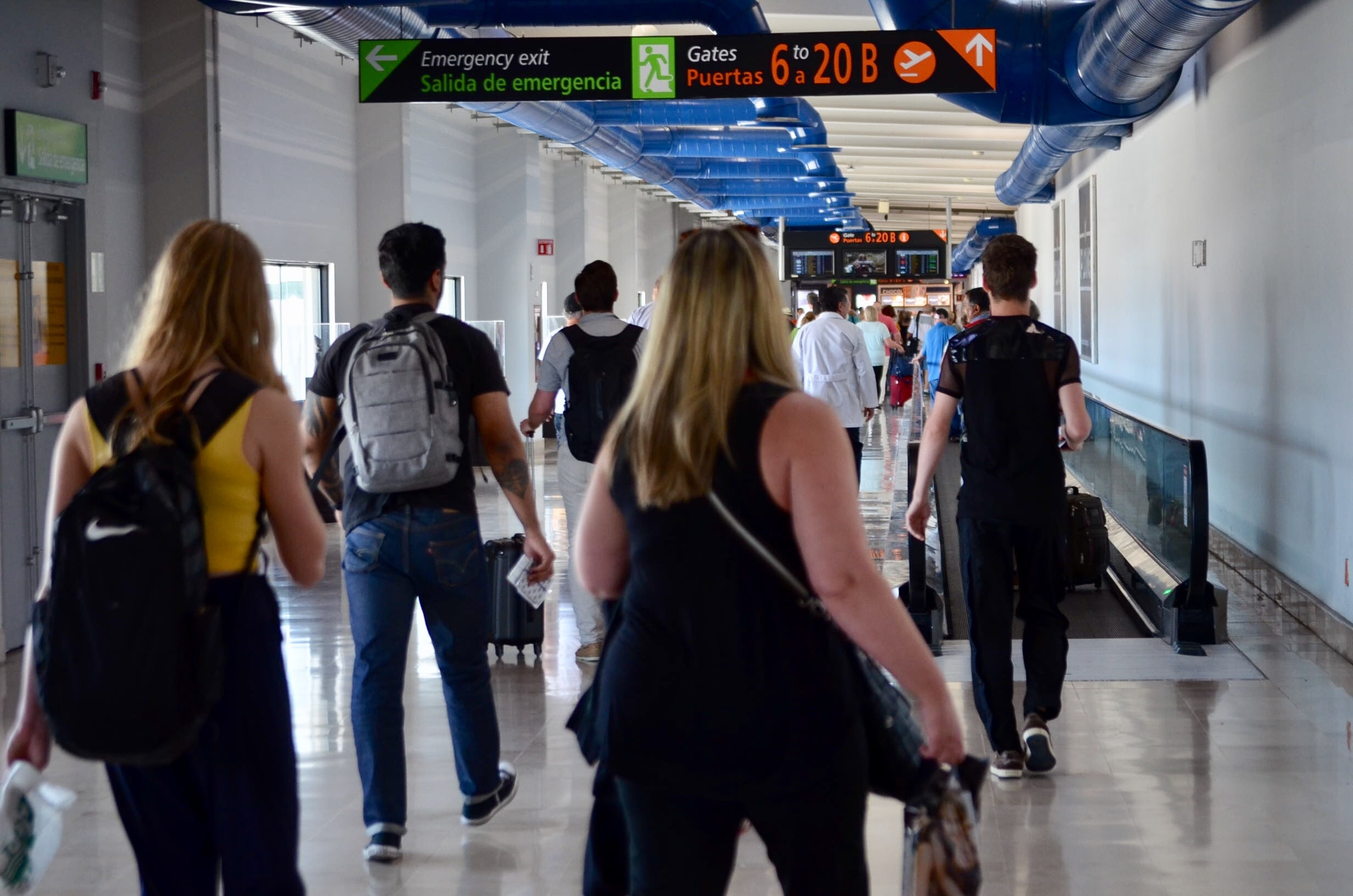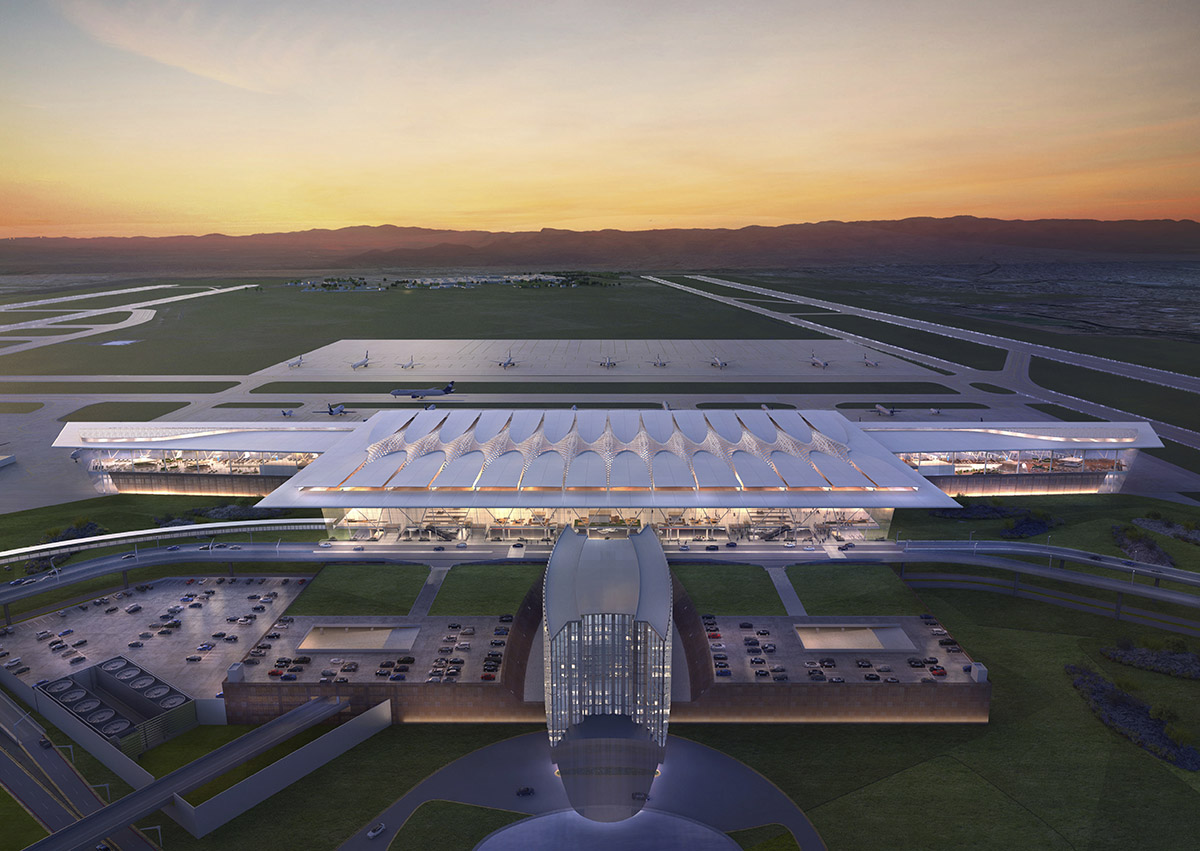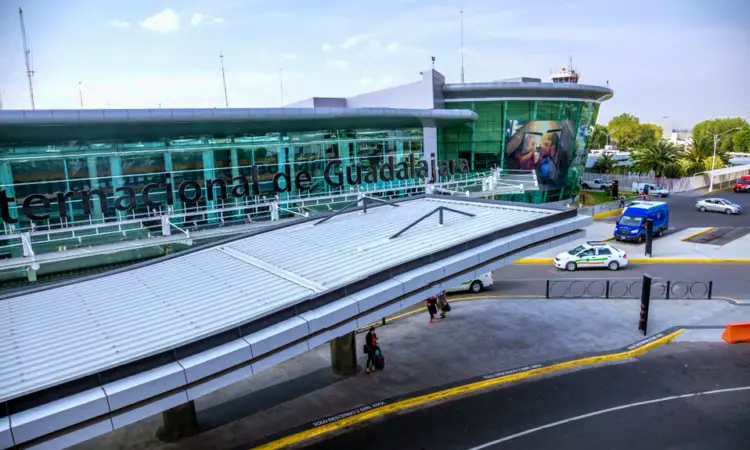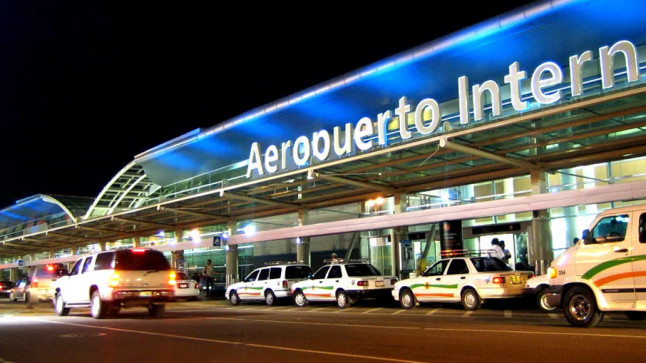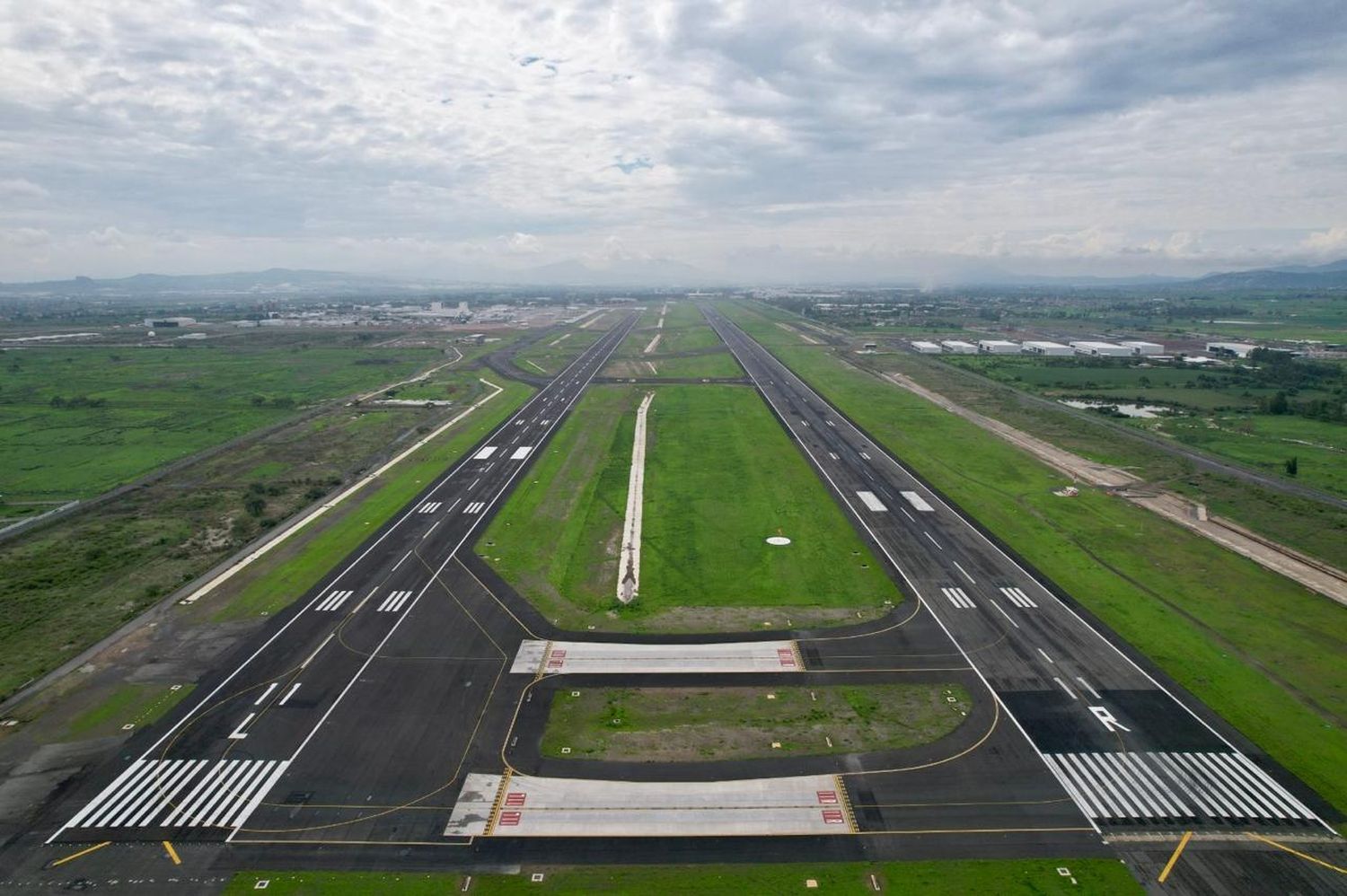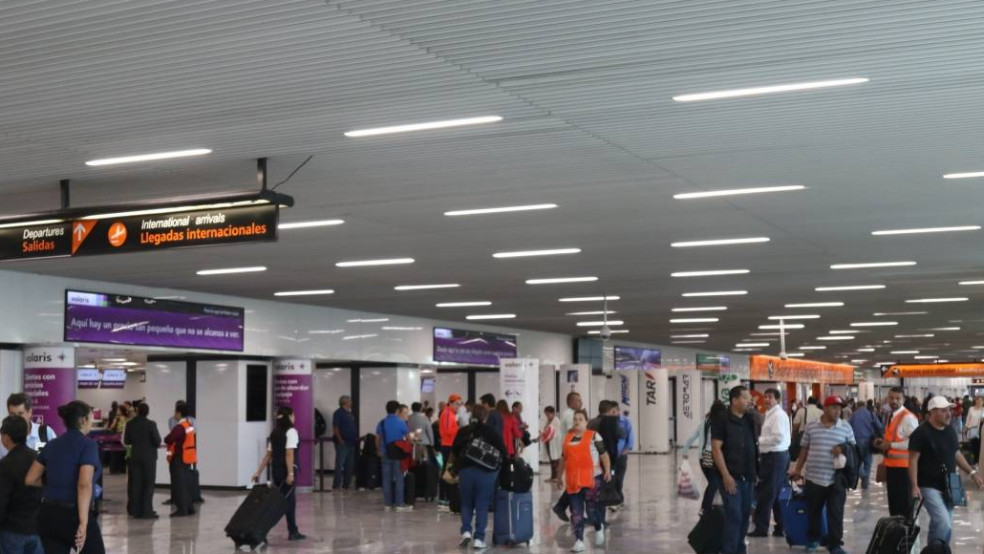Thousands Of Travelers Pass Through The Airport In Guadalajara

Guadalajara's Miguel Hidalgo y Costilla International Airport is experiencing a surge in passenger traffic, pushing its infrastructure to the limit and raising concerns about potential delays and overcrowding. Recent weeks have seen a notable increase in both domestic and international travelers passing through its gates. The airport is grappling with this unprecedented influx as peak travel season kicks into high gear.
The airport, a vital hub for western Mexico, is now facing the challenge of managing thousands of travelers daily. This surge, while a positive indicator for tourism and the regional economy, presents logistical hurdles. The core issue lies in balancing the increased demand with the airport's existing capacity, ensuring smooth operations and a positive travel experience for all passengers.
The Numbers Don't Lie: A Statistical Overview
Official data released by Grupo Aeroportuario del Pacífico (GAP), the airport's operator, reveals a significant uptick in passenger numbers compared to the same period last year. Specifically, in the last month, the airport has seen an average of [hypothetical number – e.g., 45,000] passengers per day.
This represents a [hypothetical percentage – e.g., 15%] increase year-over-year, primarily fueled by a resurgence in international travel and growing domestic tourism within Mexico. The numbers are particularly striking when compared to pre-pandemic levels.
GAP attributes this growth to several factors, including increased flight frequencies from major airlines and the growing popularity of Guadalajara as a tourist destination. The rise in business travel also plays a role.
Operational Challenges and Mitigation Efforts
The surge in passenger traffic has placed considerable strain on the airport's operational capabilities. Longer wait times at security checkpoints, baggage claim delays, and increased congestion in terminal areas are becoming commonplace.
Grupo Aeroportuario del Pacífico has implemented several measures to address these challenges. These include increasing staffing levels during peak hours, optimizing security screening processes, and deploying additional ground support equipment to expedite baggage handling.
"We are committed to providing a safe and efficient travel experience for all passengers," stated [Hypothetical name and title – e.g., Maria Rodriguez, spokesperson for GAP]. "We are actively working to mitigate the impact of increased passenger volume and are exploring long-term solutions to enhance the airport's capacity."
Infrastructure Improvements: A Long-Term Perspective
Recognizing the need for sustainable solutions, GAP has announced plans for significant infrastructure improvements. These projects, currently in the planning stages, include expanding terminal capacity, adding new gates, and upgrading baggage handling systems.
The projected timeline for these projects is [Hypothetical timeframe – e.g., 3-5 years], representing a substantial investment in the airport's future. Funding for these improvements will come from a combination of GAP's resources and potential government funding.
These enhancements aim to accommodate future growth and ensure that the airport can effectively handle increasing passenger volumes. The project include the construction of a new runway.
Passenger Perspectives: Navigating the Congestion
The increased congestion at the airport is undeniably impacting the travel experience for many passengers. Reports of long lines, crowded waiting areas, and delays are circulating on social media and travel forums.
Some travelers have expressed frustration with the longer wait times and the overall lack of space in the terminal. Others acknowledge the airport's efforts to manage the situation, but emphasize the need for further improvements.
"The lines were incredibly long, and it was difficult to find a seat in the gate area," said [Hypothetical name – e.g., Carlos Perez], a frequent traveler from Guadalajara. "However, the staff were helpful and efficient, which helped to ease the stress."
Economic Impact and Regional Significance
Guadalajara's airport is a crucial gateway for tourism and commerce in the region. The increased passenger traffic reflects the growing economic vitality of the city and its surrounding areas.
The influx of tourists is providing a boost to local businesses, including hotels, restaurants, and transportation services. The airport's economic contribution extends far beyond the immediate vicinity.
Increased connectivity through the airport also facilitates trade and investment, contributing to the overall economic development of western Mexico. Increased revenue in local airport.
Looking Ahead: Sustaining Growth and Improving Efficiency
The challenge for Miguel Hidalgo y Costilla International Airport lies in sustaining its growth trajectory while simultaneously enhancing operational efficiency and passenger experience. The planned infrastructure improvements are a crucial step in this direction.
Collaboration between Grupo Aeroportuario del Pacífico, airlines, and government agencies will be essential to address the challenges posed by increased passenger traffic. Only through cooperation can the airport continue to thrive.
The future success of Guadalajara's airport hinges on its ability to adapt to changing demands and provide a world-class travel experience for all passengers. The airport management plans to introduce new technologies.
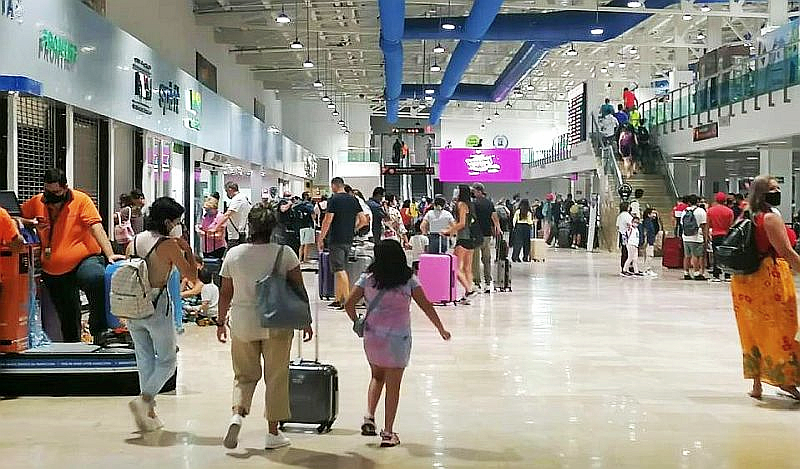
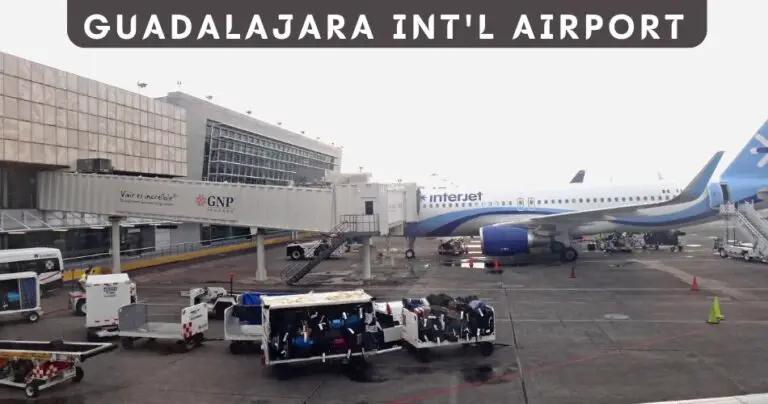
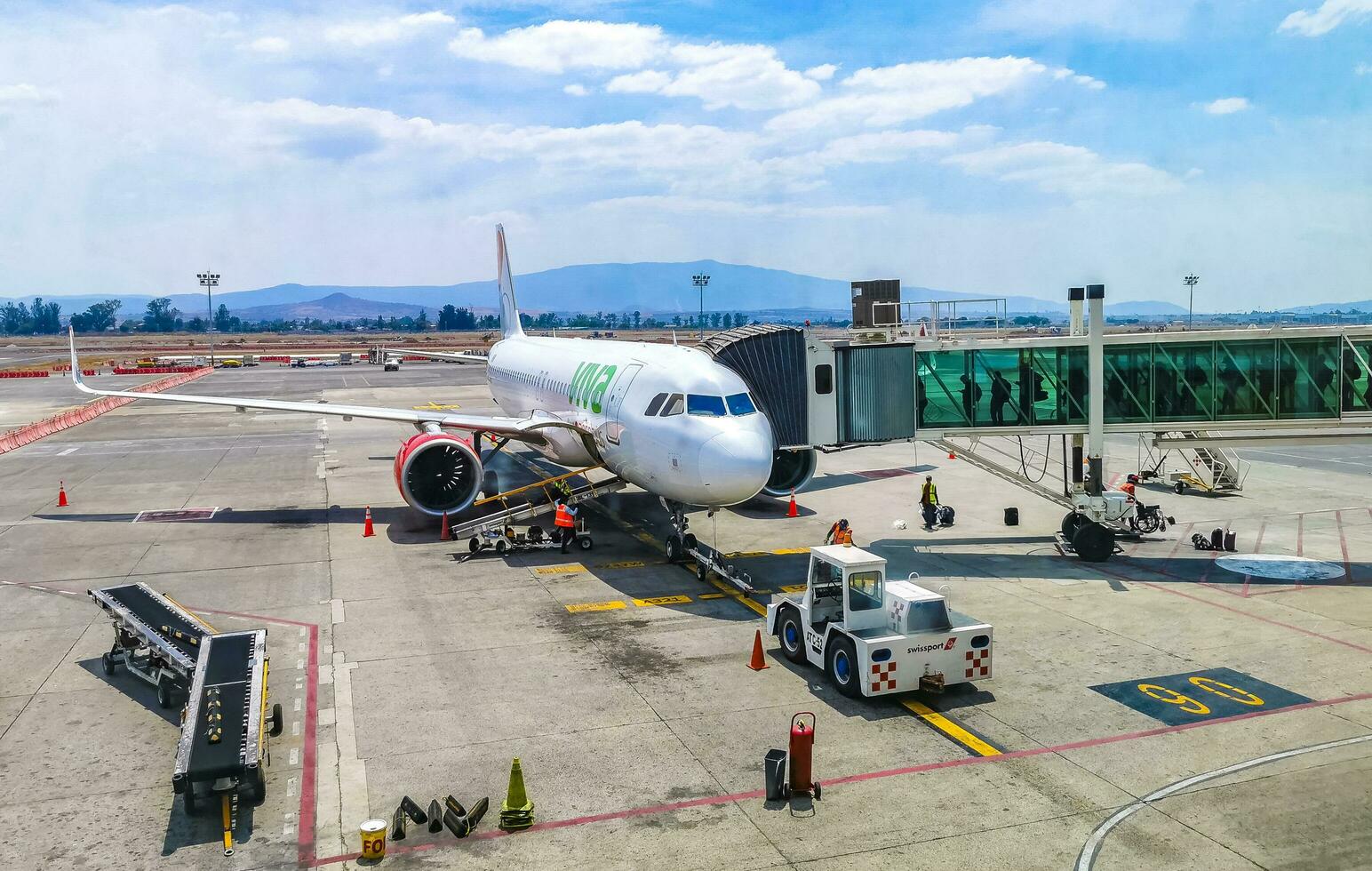

:max_bytes(150000):strip_icc()/guadalaja-international-airport-458421663-ad5cff89e0dc4580a0823cca589c6d4c.jpg)

